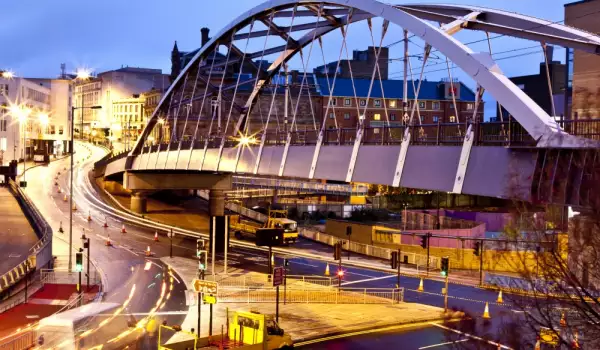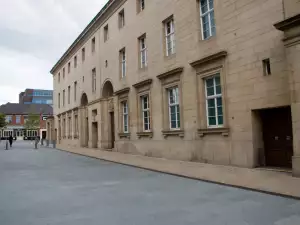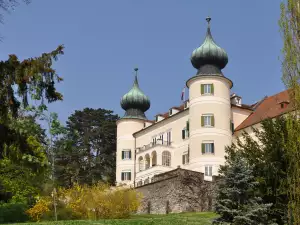Sheffield

Sheffield is an ancient English city which has a population of 555 000 people and is located in South Yorkshire. Many historians believe the town's name derives from the name of the river Sheaf, which runs through the town.
The territory, on which today the city of Sheffield is, for more than ten thousand years has been inhabited by humans. Tribe of Brigantes settled here in the period called the Iron Age.
This proud and warlike tribe built several strong fortresses in the city. Then Sheffield became part of the Celtic kingdom of Elmet. Near the place where today the city of Sheffield is, were created the settlements Wales and Waleswood.
Gradually the two smaller settlements began to grow, then came together and so Sheffield appeared on the map. Then a castle was built in Sheffield and it quickly grew into a small town. Today the city center is there.
Sheffield has gained fame as a commercial city in 1926, when in the town was founded a large market. In the fourteenth century Sheffield became known throughout the country for the production of high-quality knives.
It is this fame that helped it in the seventeenth century to become a center for manufacture of cutlery.
In the sixteenth century the city became known as the royal prison. Then the Queen of Scots was kept within the castle Sheffield for fourteen years - from 1570 to 1584.

In the nineteenth century the town became known for steel production. Many innovations that are used today were developed locally, including the invention of stainless steel.
In 1864 it became the victim of the river that flows past. That year, the badly constructed dam near the town suddenly collapsed, causing a great flood in Sheffield. The flood destroyed many buildings.
This year is also known for something else - at that time was developed a technique for fusing a thin sheet of silver on a copper block. This and other innovations help to accelerate the overall growth of Sheffield as well as its transformation into an industrial city. In the eighteenth century it had a total collapse of production and exports due to loss of some important markets.
Shortly after the town was hit by another disaster - over four hundred people in the city were victims of cholera. In the nineteenth century there was a sudden boom in population and the city was able to recover.
Overcrowding of the city led to the need to build more houses. Together with high contamination of ugly factories, the hastily constructed buildings of Sheffield won it the glory of the ugliest town in England.
In the thirties of the twentieth century, the economy was revived as it was needed for production of weapons and ammunition for military action. As a result, the city became a target for enemy bombing, the worst of which was in December 1940. During the bombing over six hundred residents of Sheffield were killed. A long and dreary period of recovery from the devastation follows.
In the fifties of the twentieth century many of the poorest neighborhoods of the city were completely destroyed to be replaced by residential neighborhoods with buildings with comfortable apartments. Much of downtown was reconstructed in new ways. In the eighties of the twentieth century the industry in Sheffield declined, but gave way to new technologies.
Sheffield is known as part of the green lungs of England, as a large part of the city - more than fifty percent of its area, is full of beautiful lawns. There are over two hundred parks and gardens, and over two million trees.
In the city there are magnificent botanical gardens, among the most beautiful in the whole country, which attract huge numbers of visitors because to their incredible unique plants.
In Sheffield stands a Millennium Gallery, opened in 2001. In the early twenty-first century, many buildings were repaired.
The town council, which is located near the gardens of peace is an example of the Victorian era and features Gothic architecture.
In the town is Weston Park Museum, and the bishop's house, which is a characteristic building from the Tudors. The city has museums devoted to the industrial development of the city - they are three in number and reflect the historical development of industry in Sheffield.






